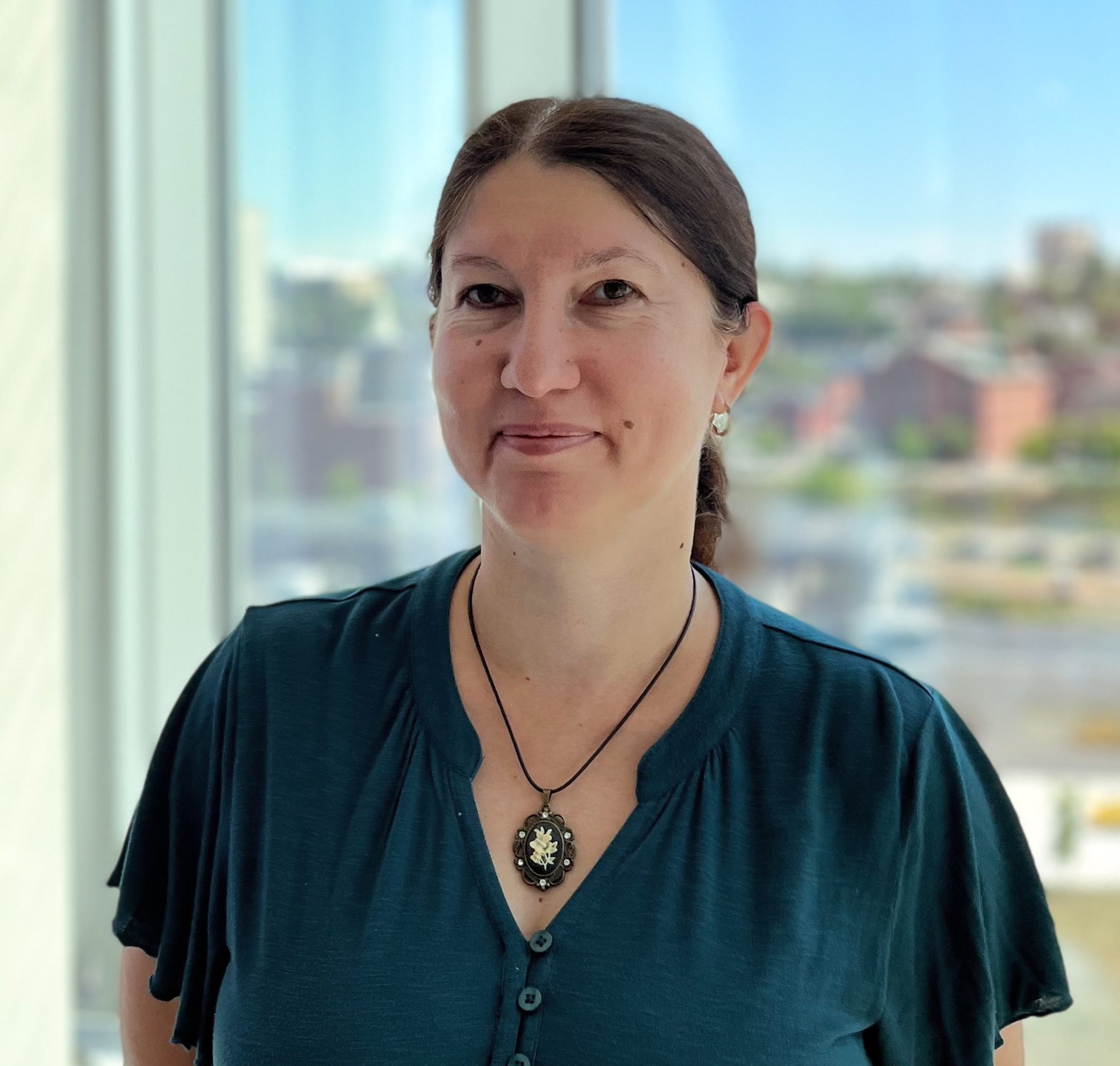Q: What does being a first-generation student mean to you personally, and how has that identity shaped your journey, both academically and professionally?

To me, being a first-generation student is fundamentally about operating without a blueprint — every step forward required self-advocacy, persistence and a constant process of discovery. As a first-generation immigrant from Kazakhstan, this meant that my journey was not only about education but also about proving the value of my international background in new contexts.
Academically, I have always seen education as the gateway to opportunity and connection. My path has taken me across two continents, through multiple disciplines and ultimately to pursuing an Ed.D. in higher education. Each step was less about following a traditional path and more about pragmatism and resourcefulness — choosing programs and degrees that opened doors, fostered connections and allowed me to keep growing.
Professionally, this identity instilled in me a commitment to impact and accessibility. My own experience of navigating systemic barriers fuels my current work at Brown, where I focus on professional development for staff, building belonging and creating more inclusive programs. My journey is not just my own — it’s what drives me to help transform higher education for nontraditional students.
Q: What strengths, skills or qualities do you feel being a first-generation student helped you to develop?
The challenges of navigating unfamiliar systems shaped me into who I am today.
- Resilience and resourcefulness: Early in my career, I pursued flexible modes of learning while working full time, completing multiple degrees in Kazakhstan before immigrating to the United States. Even after earning two master’s degrees abroad, I pursued a U.S. degree in accounting — an act of pragmatism that opened the door to a career change and my first role at Brown.
- Cross-cultural and systemic navigation: My background in international development taught me to work across diverse contexts and navigate complex institutional structures. Much of what I know about higher education in the United States has come not from textbooks, but through lived experience.
- Empathetic leadership and impact focus: I have always been drawn to work that improves people’s lives. At USAID in Kazakhstan, I worked on poverty alleviation and small business support programs, including supporting women and vulnerable youth by establishing career training centers and microgrant programs. The most rewarding part of that work was seeing the impact in the lives of those we served. Now at Brown, I am most energized by making graduate and professional education more accessible for nontraditional and historically underrepresented students, and by fostering a sense of belonging among faculty, staff and students.
Q: Can you describe some of the unique challenges or barriers you faced as a first-generation student and staff member? How did you navigate them?
As both a first-generation student and immigrant, I encountered two persistent challenges: credentials and belonging.
Working alongside colleagues with degrees from prestigious U.S. institutions, I often struggled with feelings of inadequacy and self-doubt. Many people had never heard of my home country or questioned the value of my international education. At times, I felt I had to prove my worth over and over again.
Learning to value my own accomplishments has taken time. I’ve had to remind myself that my journey — nonlinear, global and rooted in resilience — is not a weakness but a strength. My hope is to inspire others, in my family and beyond, to challenge stereotypes and pursue their goals, not despite their backgrounds but because of them.